MBAchic Founder Stories: Bridget O’Carroll of Studio Qila
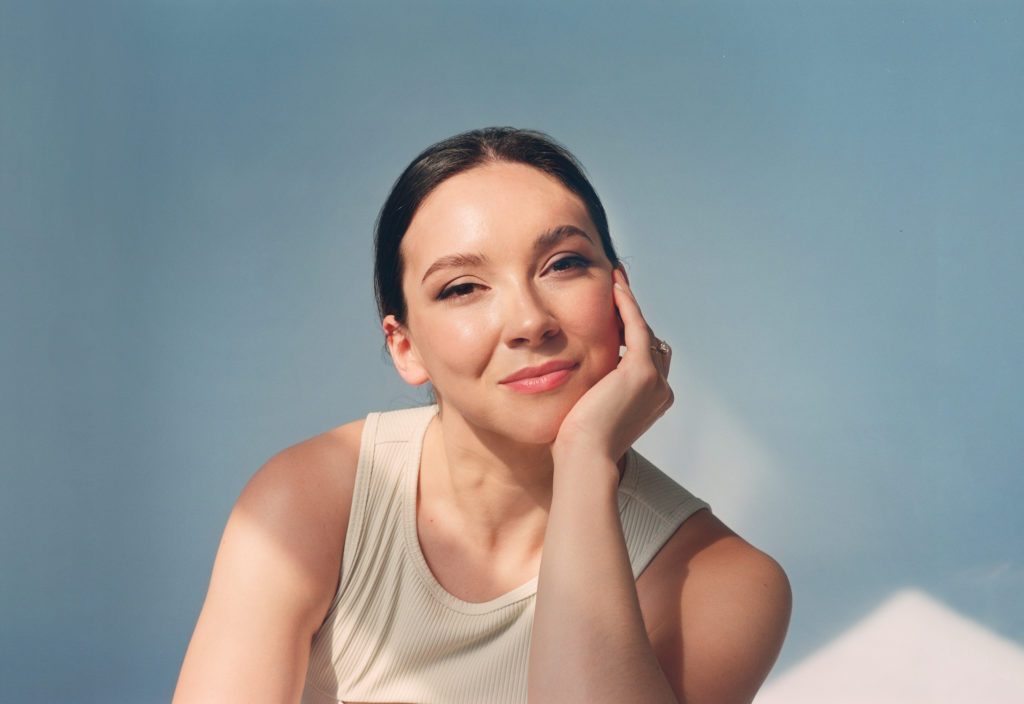
We sat down with Wharton MBA and fitness entrepreneur, Bridget O’Carroll. Her company, Studio Qila is the first Native-owned digital fitness studio in the US.
Studio Qila is a high-intensity, Pilates-inspired, digital fitness studio and community that uses slow, controlled movement to build strength. Qila (pronounced “kee-la”) is named after the Alutiiq (our founder’s Alaskan tribe) word for spirit, emphasizing strength beyond the physical. Their method is designed with inclusivity in mind: “we’re apartment friendly, require minimal equipment, and include a variety of modification options to cater to all bodies.” Classes range from 5 to 45 minutes, offered both live and on demand.
Bridget O’Carroll is a Wharton MBA, Google employee, Pilates instructor, Alutiiq woman and first generation college student. She is now launching the first Native-Owned digital fitness studio, which also won the Penn Wharton Innovation Fund.
“Growing up, I lived in over 40 houses across the four corners of the U.S., Alaska, Ireland, Hawaii and the Caribbean. Whether it was competitive Irish dancing in Ireland, dancing at Pow wows in the Pacific Northwest, or Cross Country at Bowdoin College, fitness brought me community, confidence and a sense of belonging. In 2013, I started my career in consulting and began teaching Pilates at [solidcore] soon after. I worked my way up to become a Chief of Staff at Uber, while also becoming a master instructor. In 2020, I was halfway through my Wharton MBA when the pandemic hit. Feeling isolated and sluggish, I developed a method designed for minimal equipment and small spaces, and 500+ people joined me for virtual classes. I won the Penn Innovation Fund for the project, all while completing my MBA internship at Google. Leveraging my background in business and fitness, I am now officially launching Studio Qila: a digital fitness studio that will continue to evolve to strengthen our community mentally and physically.”
She’s currently offering free, virtual, high-intensity Pilates classes through Saturday, November 20, 2021. Use promo code QILA to sign up.
Watch the video interview (transcript will be added below):
Want to share your founder story? Want to interview someone who inspires you? Reach out to MBAchic.
Transcript:
SW (00:01)
All right, welcome to the MBAchic Founders Series. I’m Shernay Williams, a reporter here at MBAchic, and I’m so excited for our first Founder Feature. We have Bridget O’Carroll. Bridget is a Wharton MBA, and she’s the founder of Studio Qila, a digital fitness studio that is inspired by her Alaskan tribe. I’m so excited to hear your story and learn more about your journey. Tell us about Studio Qila and how you came up with the idea.
BC (00:42)
Absolutely. So, I have been teaching Pilates since about 2016. I grew up dancing, doing long distance running. And when I moved to DC, I was working as a consultant and essentially looking to fund my own boutique fitness habits. I started teaching at solidcore, which is one of those in-studio Pilates with the big Megaformer machines-did that for a number of years until I became a master instructor.
While continuing my career, I worked as a strategy consultant, then I was Chief of Staff at Uber. And at that point, I shifted to get my MBA, as it sounds like a lot of the audience today is also making that decision. I moved to Philadelphia to go to Wharton and I was there for a couple of months.
I missed having that other community-having that space that was just focused on movement, just like the stress relief that comes along with it when you’re super busy trying to do all the things during business school. So I started training at SLT, which is another national Pilates brand also using the Megaformer. It was great to go through another training session and learn a bit of a different style. And then the week I finished training, and I was on the schedule was the week we all remember in March of 2020, when the world completely shut down, and we were all isolated, stuck at home not seeing our peers.
It got to the point where I realized my daily movement was waking up, walking to the fridge, walking to the couch, sitting down during my classes, and I was just feeling so sluggish. I missed that high intensity that you get from group exercise. And I was also just feeling lonely, like I was based in Philly, but I’d moved to DC to be with my partner because he was in his residency working in the whole time, so we kind of stayed there, so I couldn’t really see anyone else. At a certain point, I put on a Zoom class for like six of my working friends, and I started developing this mat-based workout that was inspired by my experience and movement. And people were like, “oh, let’s do this again next week.”
And then more and more people started coming and growing all through word of mouth. I just started a Google Calendar, and I added people on as they requested. It was completely organic. I started posting it on my like personal Instagram, and it got to the point where like, I was teaching every week and we were having like 80 people join. It got to the point where people were saying, “Can we do this more? Can I pay you?” And I did not go to Wharton to focus on entrepreneurship! I was never the type of person that was like,” Oh, I’m here to be an entrepreneur.” I’ve always been on this general management track, and you know, focus on these like, bigger companies. But I just, it was so incredibly fulfilling for people to reach out and be like, “I was feeling sluggish. I was feeling isolated. And this gave me an opportunity to connect with other people feeling the same way.”
We would always stay on afterwards and just socialize for an hour and people started sending me messages about how they felt better in their bodies and how they were feeling strong and feeling confident and how that was such a big thing for them getting through the pandemic. And now it’s gotten to the point where a year-and-a-half or so and I was teaching as Body By Bridget and now I want to grow. I want to build it thoughtfully and intentionally, so we’ve just rebranded to Studio Qila. Qila means spirit of the earth, and Alutiiq, which is my Alaska native tribe, and that has been really meaningful to me to shift the focus from being aesthetically focused–we love physical results; we love feeling strong in our bodies, but this method that continued to develop is beyond that. It’s about pushing yourself and finding your physical strength. But in order to do that, you need to integrate mental strength that push that drive. Active thought is really integral to my method. I’m also just really excited to integrate my Alutiiq culture. I think it’s so important to help to diversify the wellness space, which has really seen a lack of diversity in the past. That’s also something that I am working to leverage with this platform-increasing representation in the wellness space.
SW (06:25)
Thank you. You gave us a lot of great information and back story. Can we back up a little bit and tell us how you started with one zoom call and were able to grow significantly. How did you get more people interested?
BC (06:39)
It was 100% through word of mouth; I just texted those six friends. And then I posted a Zoom picture on Instagram, and I started getting some DMs that way. I literally just put it in a Google Calendar, and I would give people access to invite their friends. But it was never my intention to try to grow this and try to get people involved. It was really just– I think, what people needed at the time. And it was, like I mentioned, literally not the plan and completely organic. Then I continued that after a couple of weeks to post a little bit more on Instagram, and people could just DM me and I would get their email address and I would add them to the Google Calendar. I did do a couple of events—I partnered with Wharton after a couple of months to include the other people that didn’t follow me or didn’t know me. And then I saw that was working so well that I started talking to some other friends at different schools. So I had a bunch of people from Tuck join. I ended up doing a partnership with UCLA, with Kellogg. I started leaning into some hospitals also a lot of my friends from undergrad are in their residency program, and they were saying, “Oh, I’ve done your class on my days off.” People started asking for recordings, so I started doing recordings and people were sending me pictures of them and their co-residents doing class in their call rooms between patients. And it was just really cool to see this need for these people who were either stuck at home and kind of like used to these high intensity workouts that wanted to find that in the home setting or for people who were continuing to have to work through the pandemic. And were finding this relief and this reset to kind of find their strength physically when they had those moments to themselves.
SW (09:17)
I’m hearing so many strategies. I’m hearing the social media strategy. I’m hearing about the partnerships and you really niching down on a market, too. Sounds like you focus a lot on people who are in school. I’m definitely hearing some strategies that people can extract from your story.
BC (09:33)
Exactly! Come June of 2020, it all became strategy because I saw this opportunity. We use the term ‘untapped potential’ so often in business or consulting, but I realized this was the first time I’ve really seen an untapped potential play out. I literally started this with $16– enough for a Zoom Pro membership and a Spotify account. Then suddenly I’m realizing, “oh my God, there’s so much opportunity here.” So come June after we’ve grown so much with that pure word of mouth marketing, I realized, “Okay, let’s make this a business, let’s figure out a business model.” I made a website, one of my friends, Louisa helped me, and come August, we were getting a little too big to do Venmo and Google Calendar. So, I found a third-party vendor, another startup that I worked with that’s out of San Francisco, and I created this platform that had both live classes, so you can make an account, you can sign up for class, just like any other fitness platform. And then I also started doing my on-demand library–creating these recordings that people can do anytime, anywhere.
I was at the point a couple months in that I made enough money through these classes to invest back in the business. My first big purchase was a $200 webcam. And I was like, “Oh my God, this is such a big purchase.” Soon I bought a new computer because I needed something with more power for my video recording. I was watching videos to understand how to get the lights perfected, how to get that audio high quality. I invested in audio devices, I started purchasing these new lights–all this new equipment. That side of things had nothing to do with my background or my MBA, it was “Okay, I’m in YouTube school right now to figure out the actual production of these videos.”
But then on the other side, I come from tech; I come from Uber; I was I was at Wharton. And so on the other side, I knew how to figure out a strategy. I knew how to identify a good go-to market plan, and so partnerships was a huge part of that, to find ways to scale in this way that was perfect for someone that didn’t have a marketing background. I did strategy operations. I did absolutely no marketing. I’m not creative. I have no branding experience, and so doing this partner strategy was really key for me to find that growth through Wharton, through UCLA, through Kellogg, through these various hospitals. And I continue to really push the grassroots feel of what we’re doing.
I get so many texts from people, and so I started screenshotting those texts and putting them on Instagram. I think it created this feeling of FOMO. “I want to feel like that,” or “Oh, I missed that.” Like the post-class hang, where I post a picture of the class and we do silly poses for the people who stayed on after classes to just hang out or talk. Because again were in the middle of quarantine.
So, yeah, you’re exactly spot on– all of these things I realized lent itself to this opportunity. Here’s what makes me different: I’m not one of those fitness instructors who are like, training models, or I am a model or I’m training a celebrity. I’m training real people who want to feel strong and want to have that connection to community. When we are at home, we’re busy. We don’t have a ton of equipment, but I still want to get that feeling of, “Oh, I feel empowered. I feel strong. That was tough, but I did it.” So yeah, I found that niche, and it’s been really exciting to turn what happened organically–something that I just enjoy into an actual business that I’m running. And I’m thinking about and I have, you know, a team of people helping me.
SW (14:35)
Yes, that’s so exciting. So, you have a team you said.
BC (14:38)
Yeah, I have one person that’s essentially full time-ish with me. I mean, I say full time when I also work at Google. I do product strategy for the Google Maps team. So I feel like I kind of have two full time jobs. But there’s a woman Louisa who has worked with me since the beginning, but she has gotten really involved especially with this rebrand that we’ve been working on since this past June. I won the Penn Wharton Innovation Fund at school, and so that provided me with the funding I needed to invest in building out this new brand, so I brought her on.
We also brought on a number of people more in like a contractor or freelancer type role. We brought on a professional photographer. I hired someone to do the full branding refresh, who was really great. And Louisa is all my creative direction. She sources all of these contractors that we found. She has a ton of oversight over all of the creative direction. She’s a huge part of my social media presence, of my website—of just the look and feel of the brand. She’s just so incredible. And then I also have a number of people that are essentially strategic advisors for me. Judy is a data scientist at Facebook. She supports me a lot in community building, and a lot of email marketing. And we also just talked about like, “Okay, how do we, maintain authenticity? How do we scale but in this really thoughtful way?”
Then Eliza has also been a great strategic advisor. She was the first employee, and she’s been really great advising things like brand partnerships-overall strategy. We had like a four-hour strategy session the other day. We don’t want to just partner left and right and do a bunch of merchandise. I want to be really thoughtful and make sure it is all adding up to our North Star that we’re actually trying to achieve.
SW (17:08)
It must be so exciting to have people now working for you and helping to bring that vision to life. And it’s also great that you’re open to that because I know sometimes with entrepreneurs, they’ll say, “Okay, this is my baby.” And they’re kind of hesitant to let people help them grow it. So just tell me a little bit about that process.
BC (17:27)
I get so excited when people want to talk about it because it’s what’s always on my mind. Even one of my clients, I just realized she’s a designer, and I was like, “Oh my God, I need to talk to you about these things.” And she was giving me all these ideas of what she’d like to see for merchandise. And it’s just so fun when it’s largely clients that that turn into teammates, or colleagues or freelancers or whatever it is, because they’re bought in and they’re excited. And so, it’s just been so fun to do these, one-off projects, or just these conversations that’s so helpful.
Or like one of my other friends who’s been a journalist and is getting her PhD now and has nothing to do with wellness, but she got on the phone with me for an hour to talk through how you reach out to PR companies or different media platforms. She’s helping me draft up the emails, like anyone that is excited and wants to help. It’s been so amazing.
Being a founder is lonely. It is very lonely when it’s just you working on your business. And you know, the things that keep you up at night are different when you are owning something. So, to have other people who are willing to dedicate some of their expertise– their time is extremely fulfilling. It’s just so amazing to see that happen.
SW (19:10)
Absolutely! So, like you said, you have two full times. And you started this when you were earning your MBA, so can you talk to me about work-life integration or work-life balance or how you’re able to kind of do it all and not get burnt out? Because as a wellness company, I’m sure that’s important to you.
BC 19:29
Yes, absolutely. It definitely is. It’s all about prioritization. I think when I was at Wharton, there were definitely a lot of things I missed out on. Like one thing I was in DC when a lot of people were able to stay in Philly through COVID, or at least the peak of it. So, I had a lot of FOMO. There were a lot of things I was like, “Oh man, I wish I was there.” But it also allowed me to focus, and I was able to connect with my peers at school through these classes, so I was actually able to expand my social group pretty significantly and meet all these people that I didn’t know otherwise.
So it was really about prioritization– realizing I don’t want to be involved in every single club. I don’t want to go for the leadership position. I was very thoughtful and cognizant of where I was putting my time. I was involved in in Storytellers Club, which is just something that I got a lot of fulfillment from. And it’s something that helped me–being able to help other people tell their stories and get vulnerable, I think helped me be able to now rebrand into something that’s deeply personal to me.
Then I was also the inaugural VP of Wellness for the Wharton School, which just overlapped with what I was already doing and what I had a passion for and allowed me to do more partnerships because I had those contacts with the board administration. Then post school, because I won the Penn Wharton Innovation Fund, I ended up just taking the summer off just to work on Studio Qila, the rebrand. So, I pushed my Google start date as late as possible until mid-August. And I tried my best to work on the rebrand as much as possible.
It’s honestly easier for me to stay focused and stay structured when I’m busier for some reason. So, I started Google, mid-August, and maybe it’s just the Type A in me–once I’m busy, I’m like, “Okay, I gotta be really thoughtful about my time and where this is going.” I essentially work West Coast hours, but I’m based on the East Coast. So that helps me have a little time in the morning to focus on this and weekends and evenings. And it’s just different because I own it. And there’s something so motivating about that. I think there’s definitely part obsession when it comes to these things because I am so fulfilled by it.
But yeah, it’s definitely about–for me–finding the things that really drive me and I’m excited about the point where I’m just gonna do it. It’s like scoping out those times for me when I need to reset– if I just need to, like watch TV and eat some candy. Like that’s happened over, you know, a number of nights in the past month. And sometimes it’s okay to just take that time, and then tap back into it the next day or a couple days later. But yes, absolutely. Taking time to rest, taking time to recover in fitness, as well as just work life is very key and very important to me.
SW (23:38)
We’re filming this in November, which is Indigenous Heritage Month, and you’re an Alaskan native. It’s really beautiful to see how you have infused your culture into your brand. Can you tell me about that and why it was important for you to incorporate that into Studio Qila?
BC (23:56)
I was actually just on a panel yesterday at Google for Native American Heritage Month. It’s interesting because Native Americans and Indigenous people– much of what we are fighting for is truly just acknowledgement, awareness, and representation.
I remember a couple months ago, there was a model Quannah Rose [Chasinghorse-Potts] who went to the Met Gala in some native turquoise jewelry. And she got a little bit of press initially and there was something about that that was so impactful for me to see–someone like me, she also is an Alaskan native– someone like me, represented in something mainstream, and that’s something that I so rarely see.
I was talking on the panel yesterday how oftentimes the only places Native Americans are represented are as mascots like the same as an animal might be. And it’s very hurtful to see that is the only place we’re getting acknowledgement. It’s definitely difficult to be like, “Okay, I’m gonna integrate my culture into this and serve as representation to make other natives feel more of a sense of belonging, of acceptance and for nonnatives—for them to see that we are still here.” We exist, we can be part of this, like mainstream society. But it’s been definitely hard– especially as I look for PR and media. I was expecting so many roundups of native-owned businesses, and there’s so few out there. It’s been pretty saddening to see but it makes me realize that it’s even more important to highlight this as who I am– who my business is and leverage this platform to uplift other Indigenous voices or Black, Indigenous people of color. It’s just really important for me to integrate that into what I’m doing.
SW (26:38)
And I see that you have scholarships, donations, and you have other partnerships with organizations that support people of color to continue to promote that. Amazing to see. Can you talk a little bit about just being in your MBA program and being at a big company like Google and Uber and being Native in those spaces? What has that been for you?
BC (27:01)
People from Wharton–some will remember– we had a Slack group, and I messaged the general chat—there’s a couple 1000 people on that. I was looking for other Natives at Wharton, and I found one other person. There’s one other person that I found, and I thought that’s depressing. From my recruitment, I went to all the diversity, equity and inclusion events across all the schools that I was applying to, or got into, and those events are just so nice, because so many people not only have similar backgrounds, from being, minorities, or whatever it is, but also there’s,–it’s so connected to socio economic position, so to connect with other people who have a lot of the same concerns as me being like, “Yeah, I’ve been supporting my family.” So, I feel guilty in a lot of ways, just like going to an MBA program where I’m not going to have an income to support them, where I am, you know, investing all this money and taking–I took 100% out in debt. So, to be able to connect on the side of–wanting to feel belonging, maybe feeling a bit different because—fighting for various equality, but then the other side, it’s like, “this is where I really found a lot of my people who just, got it.”
But then once I got to Wharton, I was like, okay, diversity, equity. Inclusion– there’s like so many events, and they were so fulfilling. And then I got there, and I was like, “Oh, I don’t fit in anywhere. There’s no group for me to join.” There are natives at Penn, and I reached out a couple of times, but there’s no Wharton connection there. So that was that was really disappointing. And it honestly felt like a little superficial that I had all these things to go to, but then I wasn’t really able to find–I didn’t find a place where I felt like I truly belonged in terms of being native and being indigenous. So, I really hope that there’s more focus on recruitment there, as well as across all the schools where they think—”Okay, now that you’re here, here’s how we’re going to continue to support you.”
Now I’m at Google and actually, it is the first place I’ve worked that actually has an Aboriginal and Indigenous network, so we have our own affinity group. For Native American Heritage Month, I’ve gone to some events. The first one I went to had 80 people, and I was like, “Oh my God, this is great! This is more than my thought.” We broke out into breakout rooms to talk about our background and heritage and our culture, and I was actually the only person with that was Native American–everyone else was attending as an ally. But that was honestly fine. I was just excited that other people were curious–were asking questions–were showing up.
Same thing on the panel yesterday, there were two panelists. There were two people who were kind of talking about being Indigenous and what that meant. And that’s okay. Like, it matters that we are starting to talk about it– that we’re raising awareness– that there’s recognition, and that people who are not native, they’re asking the questions, they’re showing support, they’re showing curiosity. And that is already a massive step to making Native American people in the US feel like they belong and feel like they’re okay to talk about it. With a history of that culture being wiped out, pushed aside–it feels really nice to start having a little bit of recognition, and I really hope to see it continue to grow. And I really hope that’s something I can have an impact on.
SW (31:29)
And you absolutely are–using your platform. Is this part of the reason why you wanted to rebrand Studio Qila–to bring more awareness?
BC (31:40)
Absolutely. So Qila means spirit of the earth in Alutiiq, and all of the native languages–there’s lots of native languages– there’s lots of different tribes, basically, you know, ever every tribe has its own nation, and there’s lots of languages connected with that. Most of those languages are really being forgotten. And so, to be able to bring, you know, a word that could be lost into my brand, and to bring my face and say, We’re native-owned. We’re indigenous owned. I am a native woman, and I am working to uplift other black and indigenous people is something that I would have loved to see in terms of representation. And yes, that is, that is exactly right. Why I want to integrate that into something that’s more mainstream. We’re a wellness company, and we can be native and it doesn’t need to be something that it’s like, okay, this is an educational platform about these cultures. We can bring this into the mainstream, and it can be something that we can just see in our everyday life and our everyday activities, and something that we should all do just to work to diversify what we are surrounding ourselves with– what we are spending our money on.
I also didn’t mention that through my research, I found out are the first Native-owned digital fitness studio, which is amazing. I’m like, great. We’re making history in some ways. It’s sad, because I’m like this is the first one–it hasn’t happened yet. But really exciting that we can make that impact and we can start to grow this representation in the business world, and then the wellness space.
SW (33:41)
And I know it’s lonely to pave the way, but it’s got to feel incredible to leave that legacy. Can you give us some advice for people who are starting a business? Maybe they are women, people of color, or just in general, what’s your advice for starting from the ground up?
BC (34:08)
Absolutely. So, I have taken a strategy that I think not a lot of MBAs or Wharton MBAs take in that I haven’t really spent anything that I haven’t already made. So that was a way for me as someone that doesn’t have something to fall back on–except now that I am obviously working again–to do it in a low risk way that is proving the opportunity as I go, so I didn’t really– I mean, this rebrand was a bigger bet than I’m used to taking and it was a little scary–but to be able to start small to prove your concept and build it as you continue to prove yourself in the market and that strategy has been really key to growing this business for me.
I know another tactic is to kind of raise a bunch of money and create something that’s big and beautiful and well branded. That is what I think I often see in the MBA, post-MBA space, but just a reminder that that is not the only way you need to go. You don’t need to necessarily get a bunch of access to funds in order to start something, you can start small, and you can refine, refine, refine, as you are literally in the market operating. And as people are kind of hesitant to start something or not totally sure or have all these ideas–just go for it. Try it and see what happens. You’ll be able to get that immediate feedback and make those adjustments where you need to make them.
SW (36:05)
So what’s the vision for Studio Qila moving forward, what’s the grand scheme of things for you?
BC (36:13)
We will always be primarily digital because having that accessibility and access is really important for me. Accessibility and inclusion is something I always really tried to integrate into both my method itself as well as my business model. So like you mentioned, I have scholarships, a bunch of pricing options. And there’s just something about being able to connect and get this workout even if you don’t have a ton of time.
Eventually, we’re registered in Austin. And that’s where I’ll be relocating come July. Eventually, we will have an in-person studio. I imagine, that is where we will film from. We’ll have special in-person classes. I see the partnering with other brands, and especially focused on black and indigenous-owned brands to kind of create this feeling of wellness. I do miss walking into a studio sometimes and seeing all the things I like and enjoy and relax and have all my products. I want to do that really thoughtfully and intentionally. I don’t want to just be another fitness company, like partnering with a skincare company. I want to do it intentionally. I want it to be something where you feel good about yourself going there, either in person, or digitally and you feel like you’re investing in something that’s thoughtful, good for the world, good for the communities. So I see myself maybe expanding more into broader wellness, but always the core of what we do is going to be this high intensity low impact workout that makes you feel strong and makes you feel empowered mentally and physically. But eventually, we will just continue to grow and expand and work to reach more people and work to have more of an impact on our broader communities.
SW (38:25)
And you have three membership tiers, right, for people who are interested in classes?
BC (38:29)
Yes, exactly, we have on-demand. So you have access to 100 on-demand videos and we add an additional three each week, ranging from 10 minutes to 45 minutes. Then I have the monthly plus, which is our newest membership. It’s for people who want the flexibility of the on-demand, to do it whenever they can fit it in, but then also want to check in for live classes. So you can have some of that personal attention and guidance, and just you know, have a little bit more as far as accountability and a community feel. Then our last one is our all-access membership, so you have access to all the on-demand library as well as all live classes, which we do about 15 per month, which is my favorite because I get to actually see people’s faces.
SW (39:20)
And where can people get more information and sign up?
BC (39:23)
SW (39:29)
Awesome. Any final words anything else you want to add?
BC (39:32)
If anyone needs a scholarship—if pricing is going to be a barrier between you and getting your movement, absolutely reach out no questions asked. I’m looking to partner with some other organizations to be able to offer some scholarships at greater scale. So if that’s something you’re interested in helping me work on, feel free to reach out.
SW (39:55)
Awesome. Thank you so much, Bridget for sharing your story. I took your class yesterday, and it was great. It was the core workout—lower body, so it was intense! Definitely a great workout. Again, thank you for speaking with us.
Photos furnished by Bridget O’Carroll


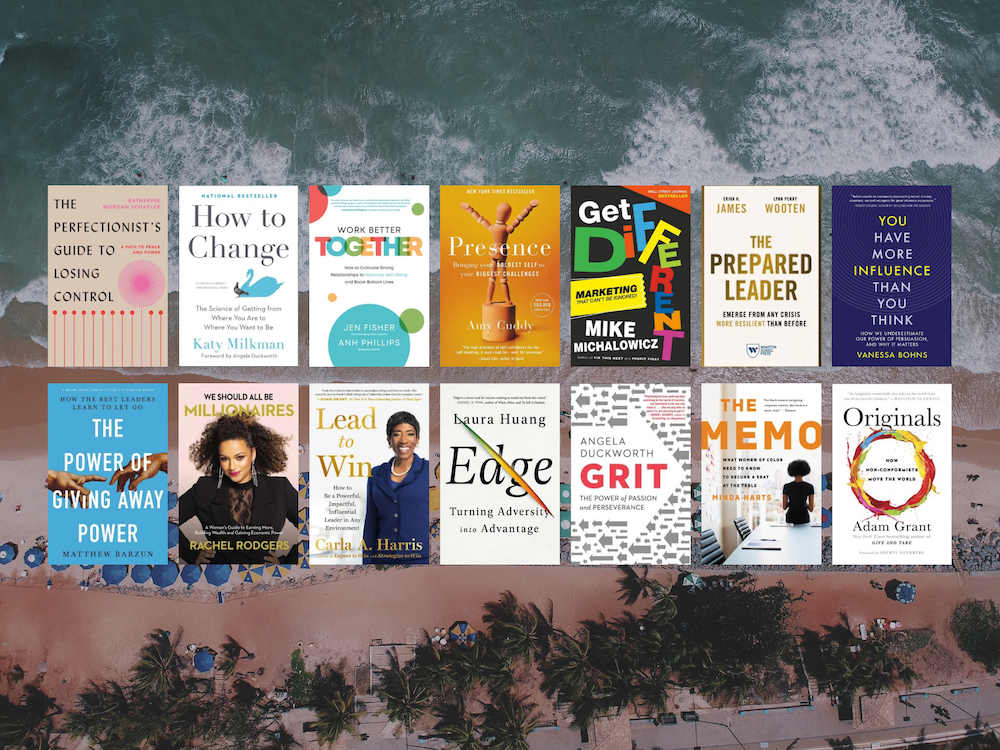
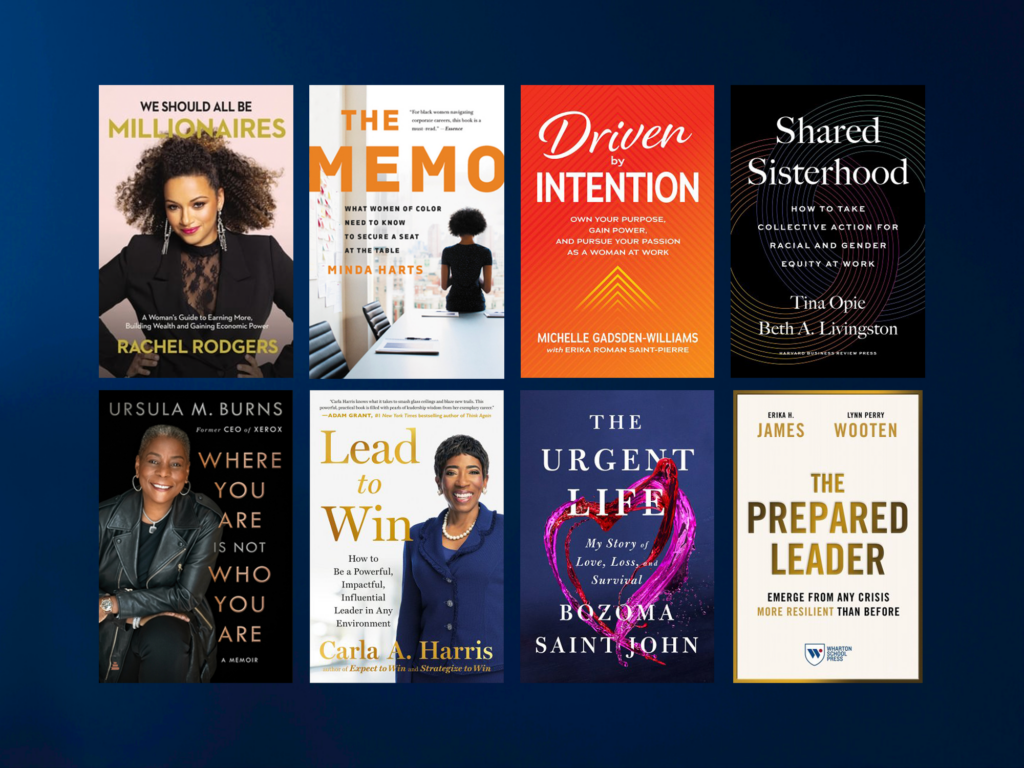

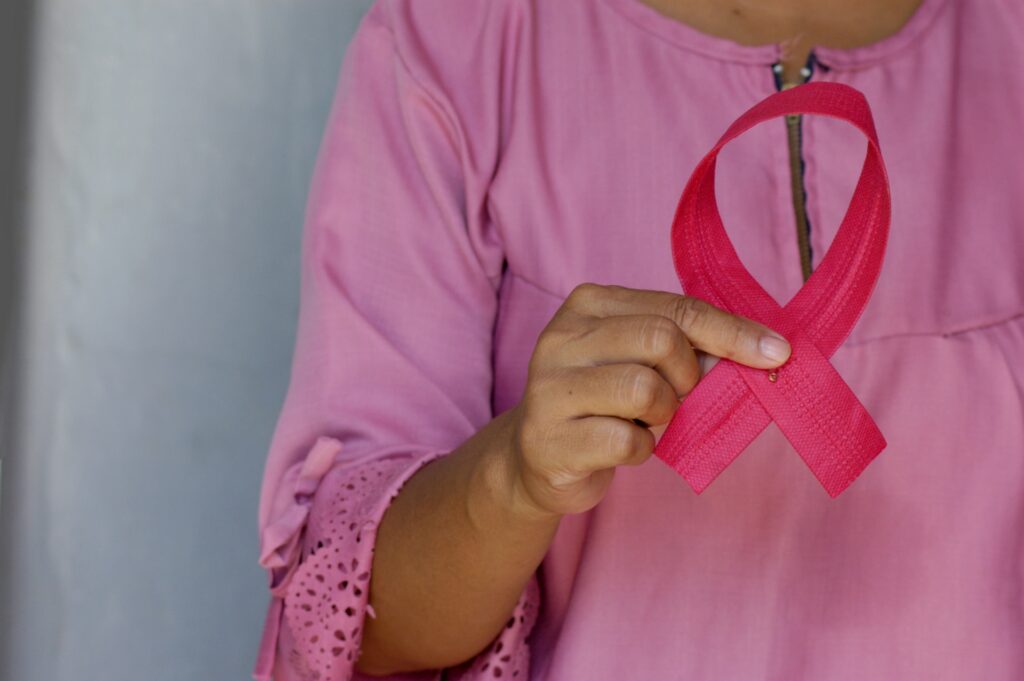
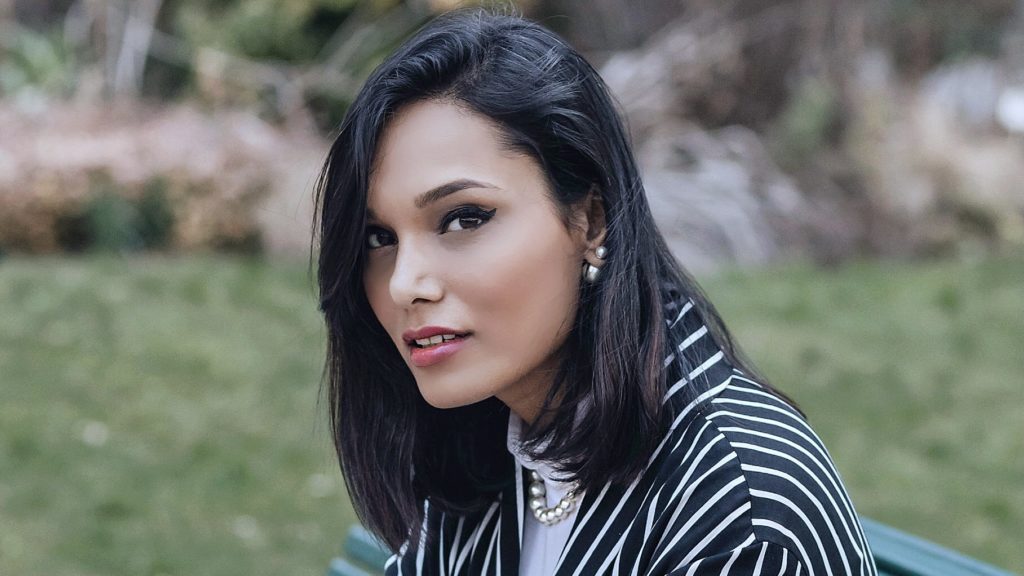
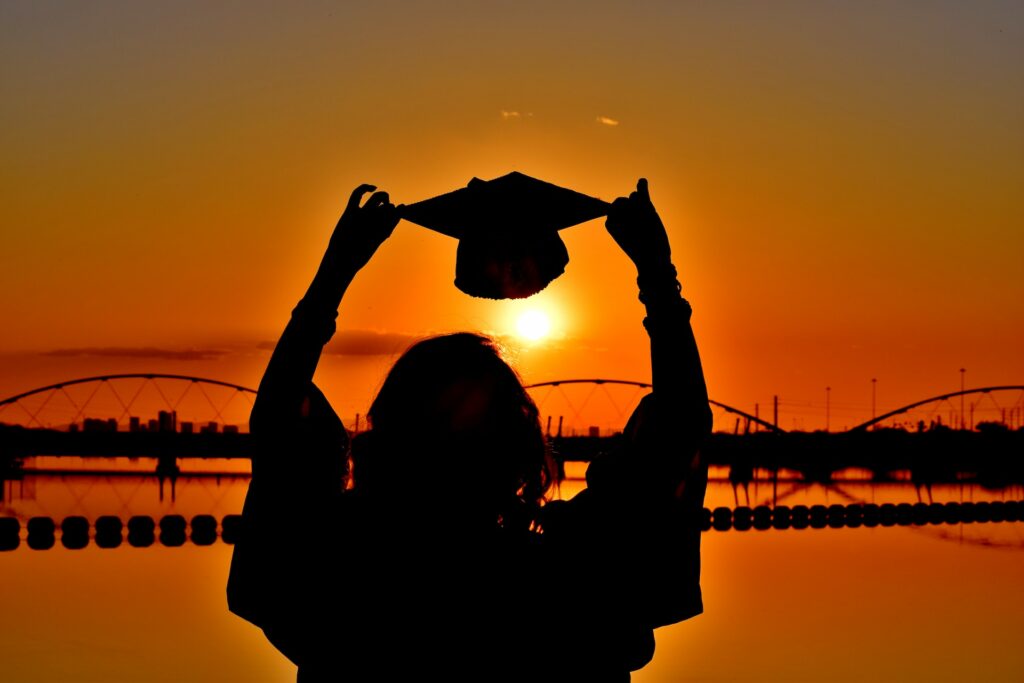
Thank you, Bridget, for sharing your Studio Qila story!
Loved hearing how things started out and about your finally spotting “untapped potential” for your own venture.